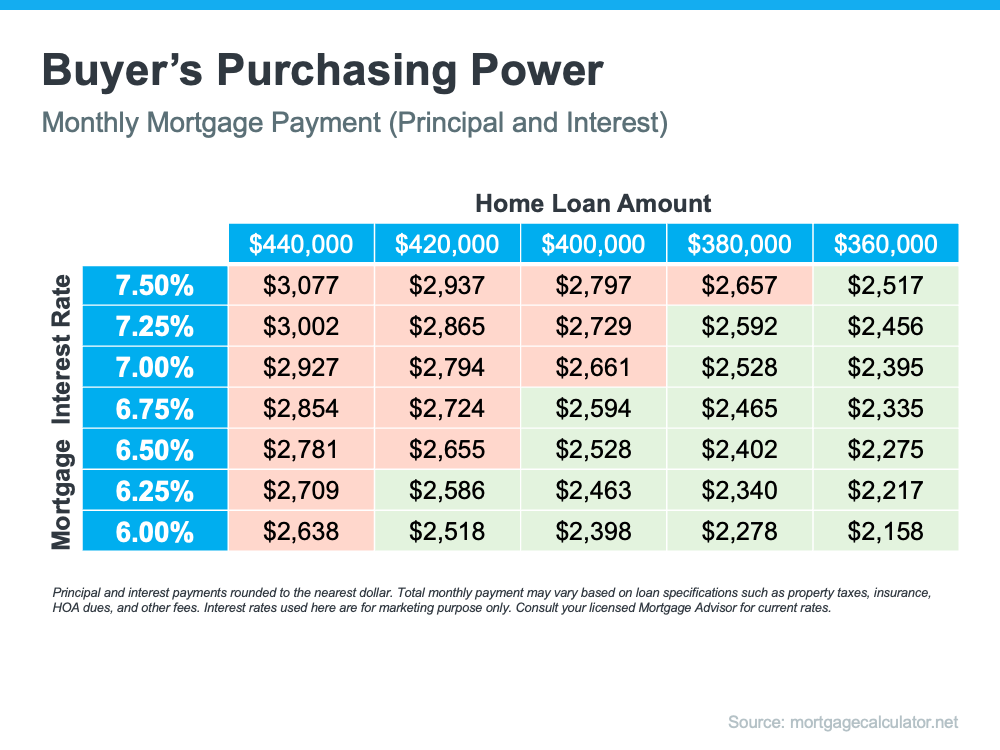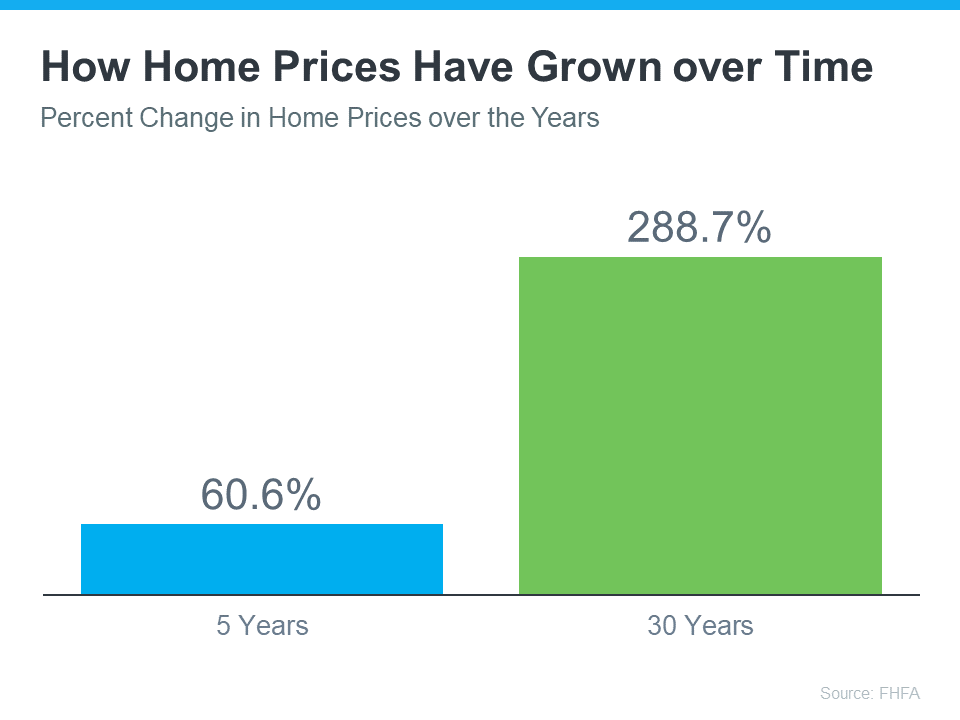
Have you ever come across the term “as is” in a real estate listing and wondered what it means? Essentially, an “as is” sale means that the seller is selling the property in its current condition and will not be making any repairs or improvements before the sale. This can be because the seller doesn’t have the funds or desire to fix any issues with the property, or because the property has been through foreclosure or inherited by an estate agent who doesn’t know its condition.
While this may sound like a red flag to some buyers, others, such as real estate investors, may see it as an opportunity. These properties often have lower list prices, and the sellers may be open to negotiating even lower offers. However, it’s important to keep in mind that an “as is” sale can also be risky. You could be getting a bargain, but you could also be throwing your money into a black hole if the property has serious issues that are not immediately apparent.
So, should you consider buying an “as is” property? It’s definitely worth considering, especially if you’re able to negotiate a lower price. However, it’s essential to take one precaution before making a purchase: a home inspection. This will give you a better understanding of any issues that the property may have, both current and potential. A home inspection typically costs around $300 to $800 and is paid for by the buyer (not the seller), as this ensures that the inspector is not working for the seller’s interests.
But the home inspection is just the first step in the process of buying an “as is” property. It’s also important to be aware of your legal rights as a buyer. Even if a property is being sold “as is,” the seller is still required to disclose any known issues. And as a buyer, you can still negotiate an offer that is contingent upon a home inspection.
So, while an “as is” sale can potentially be a good deal, it’s important to be cautious and do your due diligence. Don’t let the promise of a low price cloud your judgment – make sure to thoroughly inspect the property and understand any potential issues before committing to a purchase. It may take a little extra time and effort, but it will be worth it in the long run to ensure that you’re making a wise investment.








